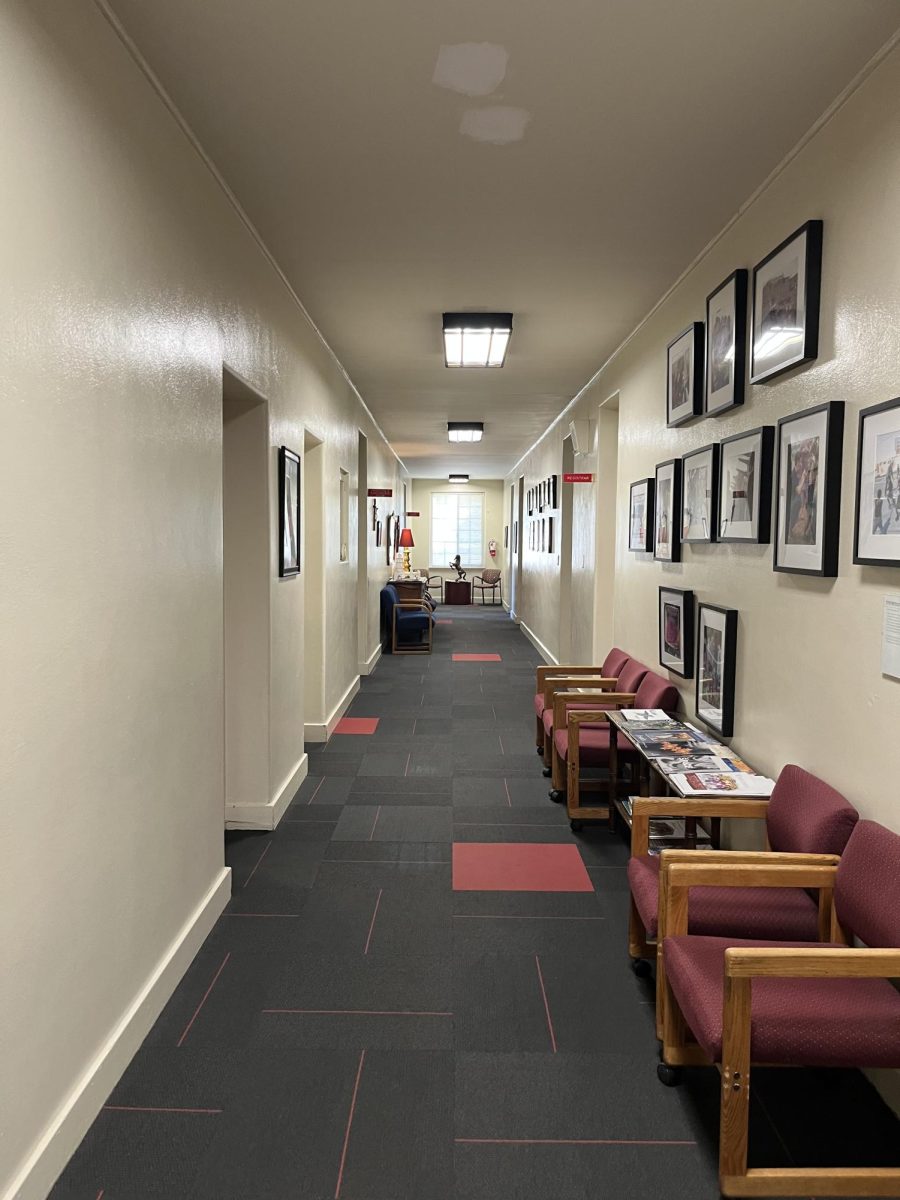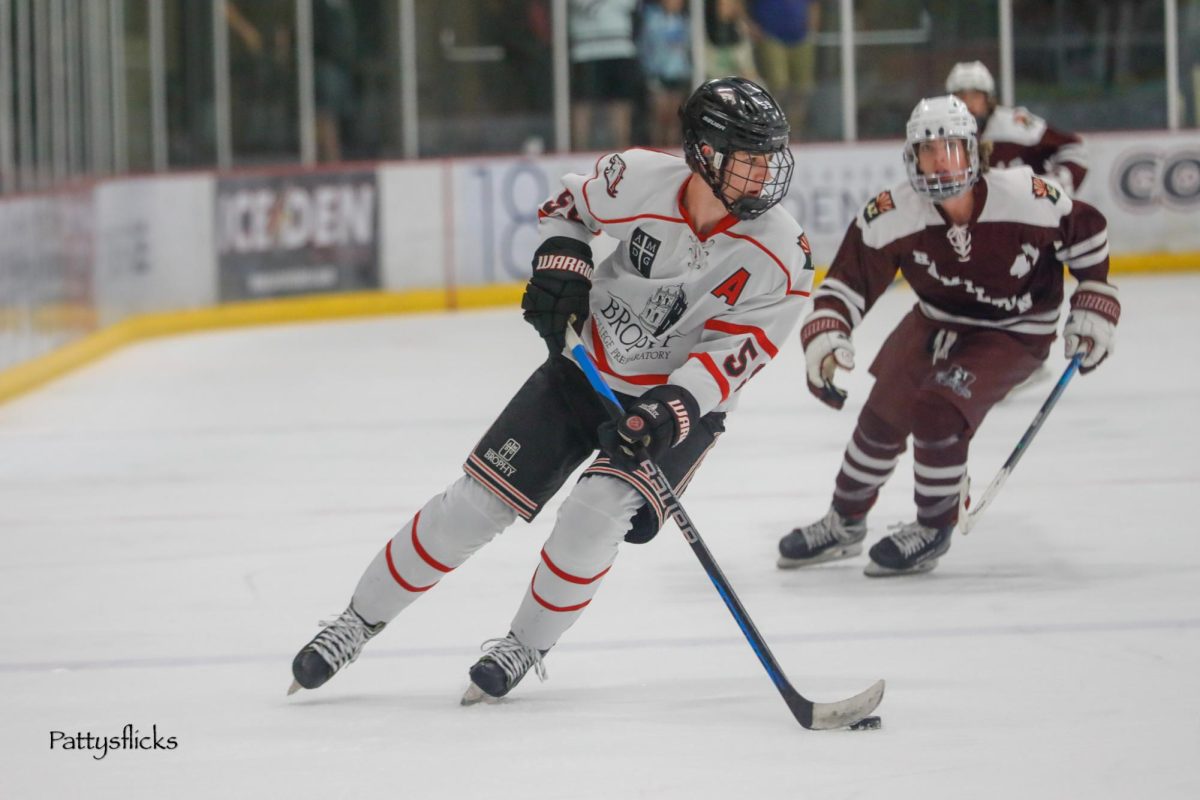
By P. Erik Meyer ’14
THE ROUNDUP
Anyone attending a school sporting event may notice a group of students running up and down the sideline, refilling water bottles, hydrating athletes and applying ice packs to injuries.
These students are the members of the Sports Medicine class, a mostly behind-the-scenes group of athletic trainers in training.
Sports Medicine is a P.E. elective class consisting of about 20 to 30 students. It lasts one semester during seventh hour or students have the option to take the class during eighth hour after school
“Students can take it any time from freshman to senior year, we have had students who have taken it every semester for four years and we have a lot of students who take it just one semester,” said head athletic trainer Mr. Chris White. “That’s one of the challenges as a teacher, I have to teach guys who are very experienced and guys who are brand new.”
The students learn about injury prevention, assessment and rehabilitation.
“Sports medicine is really an umbrella term for a lot of different things,” Mr. White said. “What we really do is athletic training.”
According to Mr. White, athletic training is different than a personal trainer; athletic training is a “licensed profession.”
“First semester Sports Medicine class is a little different than second semester,” Mr. White said. “They both deal with similar topics but first semester is a little more hands on and I call it competency based where they learn a lot of skills. Second semester is a little more curricular based, a little more content based. They are very very similar though. We have had guys like Martin Nguyen ’13 who has taken the class multiple times, he’s a really experienced veteran.”
Nguyen and other Sports Medicine students are not just limited to the classroom though.
“First semester, it was all day for me,” Nguyen said. “Usually on Fridays, it was from about 2:30 til 9. Football Fridays were all me. I’d always have my gauze out and wrap, so I was ready to go.”
Sports Medicine students often take time out of their schedules to attend sporting events and help Mr. White.
“Usually they work two to three events for each sports season and that’s really just to get them to help, because there is a lot of labor involved, but also to get an understanding of what it takes to medically cover an event,” Mr. White said. “I just want to give kids an experience where they can learn about sports injury care and some of them are interested in pursuing it as a career, some of them take it to get out of P.E. or weight training.”
Football games require the most work for Mr. White and the sports medicine staff.
“It’s a lot of labor; they set up and take down. They are really there to assist the athletic trainer in medical care and maybe wrapping an ice bag on someone, but just to be part of that experience,” Mr. White said. “If there is an emergency, they can help whether it is stabilizing an athlete, they can be directly involved in emergency action plan. They may be intimately involved or just a spectator.”
In recent years, national regulations have limited how involved students can be.
“Students used to work very intimately with teams, but the National Athletic Trainer Association said that students really cannot be doing anything independently,” Mr. White said. “I didn’t want to put students in the position where a coach would ask them to make a decision.”
National restrictions have not limited how Mr. White involves students though.
“They learn hands on skills on how to evaluate an injury, how to apply first aid, how to administer modalities, ultra sound, electrical stim, all the treatment modalities,” Mr. White said. “They are not going to do that independently from me.”
Nguyen and other students are able to act independently when the treatments they are performing do not require a license.
“My favorite responsibility was water boy, just getting water, but that was a joy,” Nguyen said. “Ankle taping was another big one, and blood duty, I only did football, but that was ok because there were a lot of scratches and stuff.”
For those in the stands, the sports medicine staff may seem like they are just water boys, but really they are an integral part of the athletic program.
“These kids, a lot of them, no glory, they’re pushing water, they do a lot of things. They work hard and really are important to the success of our athletic program,” Mr. White said.
For Nguyen, no recognition is needed.
“It’s exciting, I really like sports med because it is really hands on, which is fun. It felt like a responsibility, which was new,” Nguyen said.









